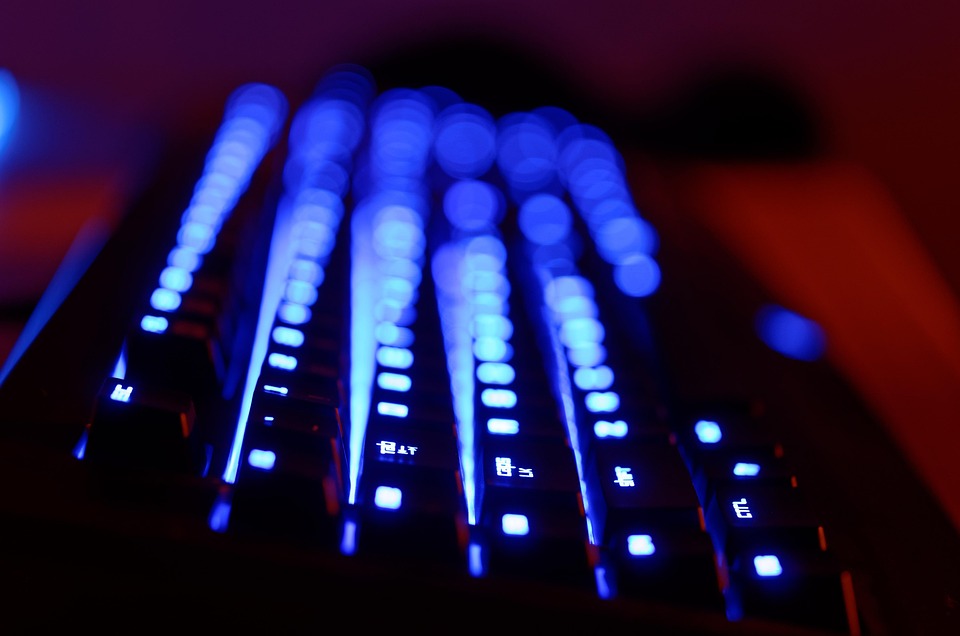In our increasingly digital world, typing is an essential skill that can greatly enhance productivity in both personal and professional contexts. Whether drafting emails, writing reports, or coding, mastering the art of typing can save you time and improve your overall efficiency. This article will explore various techniques to boost both your typing speed and accuracy, ensuring that your digital communication is seamless and effective.
Understanding the Basics of Touch Typing
Touch typing is the ability to type without looking at the keyboard. This method not only increases speed but also improves accuracy, as your fingers instinctively know where to go. To start with touch typing, consider these foundational elements:
-
Home Row Position: Place your fingers on the "home row" keys (A, S, D, F, J, K, L, ;). Your left hand should cover A, S, D, and F, while your right hand covers J, K, L, and ;. This position allows for quick access to all keys.
-
Proper Finger Placement: Each finger is responsible for specific keys. For example, your left pinky handles the A and Q keys, while your right pinky is responsible for the semicolon and other keys to the right. Familiarizing yourself with this distribution is key to efficient typing.
- Maintain a Relaxed Posture: Ensure that your wrists are elevated and your fingers relaxed. An ergonomic setup can help prevent fatigue and injuries over time.
Techniques to Improve Speed
-
Practice Regularly: Consistent practice is crucial. Use typing software or online typing tutors such as Typing.com or 10FastFingers to enhance your skills. These programs often offer various games and drills to make learning fun and engaging.
-
Set Goals: Establish specific goals for your typing speed (measured in words per minute, or WPM). Start with a comfortable baseline, then incrementally increase your target as you improve. Having measurable goals creates a sense of achievement that can motivate continued practice.
-
Focus on Flow, Not Speed: When practicing, concentrate on creating a smooth flow of typing rather than pushing for speed. This approach will naturally lead to faster typing as you become more comfortable with the keyboard layout.
-
Use All Fingers: Most beginners tend to rely on a few fingers. Make a conscious effort to use all your fingers. This technique will enhance your typing efficiency and increase speed over time.
- Be Familiar with Common Shortcuts: Learning keyboard shortcuts for frequently used commands (like copy, paste, and save) can significantly save time and streamline your workflow.
Techniques to Improve Accuracy
-
Slow Down to Speed Up: It may seem counterintuitive, but slowing down your typing can actually boost accuracy. Focus on typing the correct letters before trying to increase your speed.
-
Proofread Regularly: Practice proofreading your text as you type. This not only corrects mistakes as they occur but also trains your brain to catch errors quickly.
-
Contextual Familiarity: Familiarize yourself with the content you’re typing. The more you understand what you’re writing about, the easier it is to avoid mistakes.
-
Utilize Typing Tests: Participate in online typing tests to assess your accuracy. Websites like Keybr and TypingTest.com provide an assessment of your typing speed and accuracy, allowing you to track your progress over time.
- Correct Mistakes Mindfully: Instead of backspacing immediately, try to continue typing. Once you’ve reached the end of the sentence, look back to see errors. This helps improve your awareness of common mistakes.
The Importance of Consistency
Improving typing skills is a gradual process that requires dedication and regular practice. Set aside time each week specifically for typing exercises, and also integrate mindful typing into your daily tasks. As you become more proficient, you’ll be able to type fluidly and accurately while concentrating on the content of your writing rather than the mechanics of typing.
Conclusion
The art of typing combines technique, practice, and perseverance. By embracing the fundamentals of touch typing, implementing regular exercises, and focusing on both speed and accuracy, anyone can enhance their typing skills. In a fast-paced digital environment, these improvements can lead to greater efficiency, reduced stress, and improved communication. So challenge yourself to refine your typing abilities—your future self will thank you!



